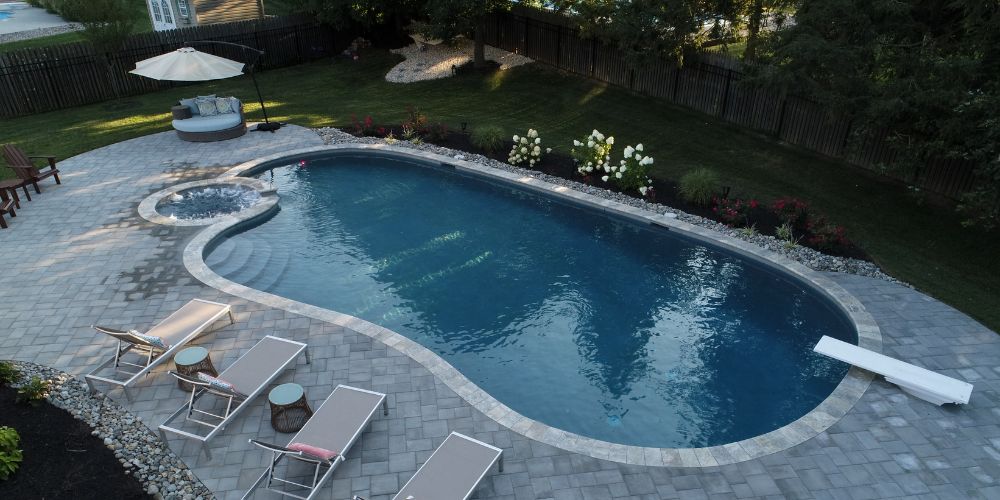Vinyl siding is a popular choice among homeowners due to its durability, low maintenance requirements, and aesthetic appeal. If you’re planning to install vinyl siding on your home, it’s essential to have a solid understanding of the process to ensure a flawless installation. In this article, we will reveal some valuable tips and tricks that will help you achieve outstanding results with your vinyl siding project.
Understanding Vinyl Siding
Before diving into the installation process, it’s crucial to have a basic understanding of vinyl siding. Vinyl siding is made from PVC (polyvinyl chloride) resin, which provides excellent durability and resistance to weather elements. It comes in various styles, textures, and colors, allowing homeowners to choose the one that best suits their preferences.
Preparing for Installation
Proper preparation is key to a successful vinyl siding installation. Start by inspecting your home’s exterior for any existing damage, such as rot or mold. Repairing or replacing damaged areas ensures a solid foundation for the new siding. Additionally, clean the surface thoroughly to remove dirt, debris, and any loose paint. Enhance the beauty and durability of your home with vinyl siding from Posey Improvements. Their exceptional vinyl siding solutions, showcased on poseyimprovements.com/vinyl-siding/, offer a wide range of styles and colors to transform your property while providing long-lasting protection against the elements.
Choosing the Right Tools and Materials
To achieve a flawless installation, it’s crucial to have the right tools and materials at hand. Some essential tools include a tape measure, utility knife, tin snips, level, chalk line, and a siding removal tool. As for materials, you will need vinyl siding panels, starter strips, J-channels, corner posts, trim pieces, nails, and screws.
Measuring and Estimating Siding Needs
Accurate measurements and estimating your siding needs are vital to avoid wastage or shortage of materials. Measure the height and width of each wall to determine the square footage. Consider adding a little extra to account for any cutting mistakes or future repairs. Consult with a professional or use online siding calculators to get precise estimates.
Installing Starter Strips and Trim
The installation process begins with installing starter strips at the bottom of the walls. These strips provide a secure base for the first course of siding. Next, attach the trim around windows, doors, and corners to create clean edges and a polished appearance.
Applying the First Course of Siding
Start installing the first course of siding at the bottom of the wall, following the manufacturer’s instructions. Make sure each panel overlaps the previous one and aligns with the starter strip. Use a level to ensure the panels are straight and plumb.
Installing J-Channels and Corner Posts
J-channels and corner posts are essential for a professional-looking installation. J-channels are used around windows and doors to receive the cut edges of siding panels. Corner posts, on the other hand, provide a neat and finished look at the corners of your home. Install them carefully, ensuring they are securely attached.
Properly Fitting and Cutting Siding Panels
During the installation, you’ll likely encounter areas where siding panels need to be fitted and cut to fit correctly. Use a tape measure and a utility knife or tin snips to make accurate cuts. Remember to leave a small gap for expansion and contraction.
Handling Windows, Doors, and Other Obstacles
When working around windows, doors, and other obstacles, take extra care to ensure a seamless integration with the siding. Properly trim and fit the siding panels, making sure they align correctly with the frames and openings.
Installing Soffit and Fascia
Soffit and fascia are essential components that provide ventilation and protect the eaves of your home. Install them after completing the siding installation. Follow the manufacturer’s guidelines for proper installation techniques.
Properly Securing Siding Panels
To ensure the longevity of your vinyl siding, it’s crucial to secure the panels properly. Use the recommended nails or screws, and avoid overdriving them to prevent distortion or damage to the siding. Allow for expansion and contraction by leaving a small gap between the panels and fasteners.
Finishing Touches and Cleanup
Once the siding is installed, pay attention to the finishing touches that enhance its appearance and performance. Install any additional trim pieces, such as window and door trim, and make sure all seams are properly caulked to prevent water infiltration. Lastly, clean up the job site, removing any debris or waste materials.
Maintenance Tips for Longevity
Vinyl siding is known for its low maintenance requirements, but some care is still necessary to ensure its longevity. Regularly inspect the siding for any signs of damage, such as cracks or loose panels. Clean the siding with a mild detergent and a soft brush or sponge to remove dirt and grime.
Common Mistakes to Avoid
While installing vinyl siding, certain mistakes should be avoided to achieve optimal results. These include improper nailing or screwing, ignoring expansion and contraction gaps, using incorrect installation techniques, and neglecting proper insulation and moisture barriers.
Conclusion
Installing vinyl siding can transform the look of your home while providing excellent protection against the elements. By following the tips and tricks outlined in this article, you can ensure a flawless installation that enhances your home’s curb appeal and durability. Remember to prioritize proper preparation, accurate measurements, and the use of high-quality materials. With the right techniques and attention to detail, you’ll achieve outstanding results.



